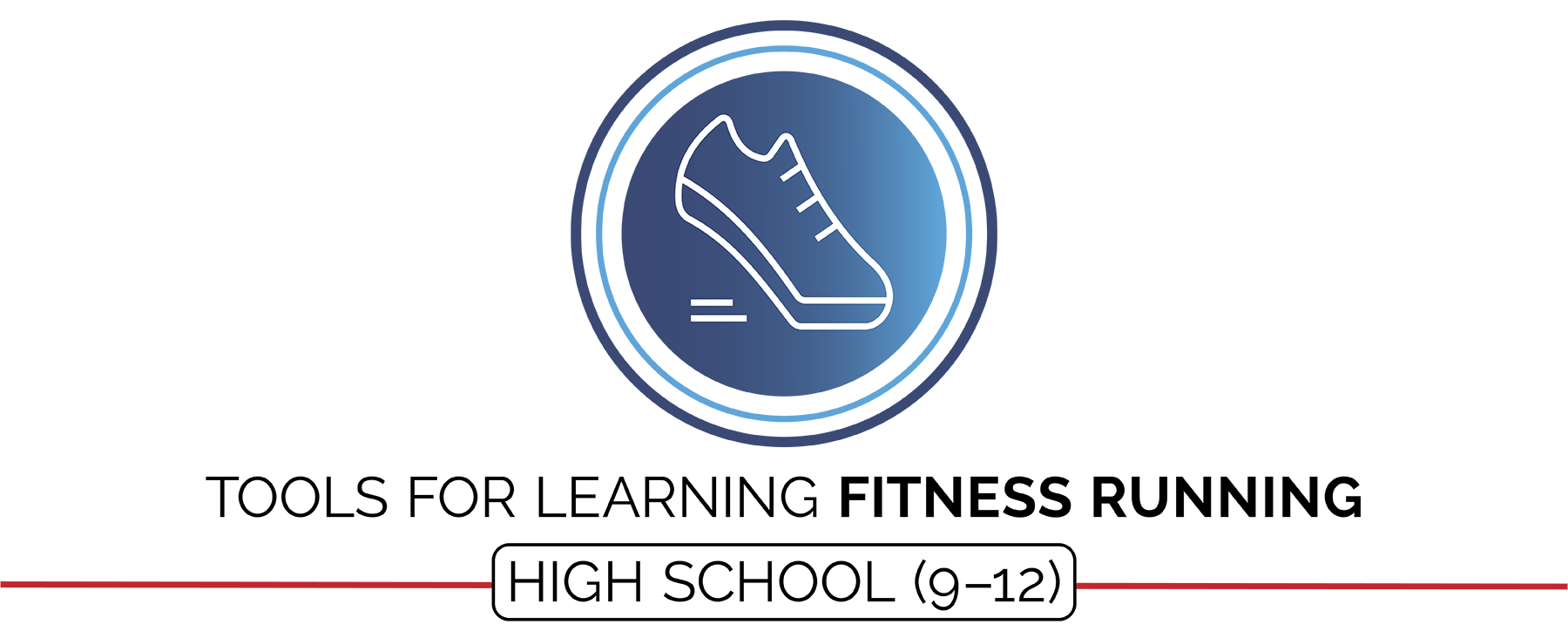Created by: Aaron Hart, Victor Spadaro, Kate Darpino, Rich Wiles
In Partnership With: New York Road Runners
Special Contributions: Deedi Brown
Design: Jennifer Truong
According to statista.com, fitness running is one of the most popular physical activities in the United States with almost 56 million people participating in 2017. That number is an increase of approximately 14 million people since 2007. With that in mind, OPEN and the New York Road Runners have teamed up to bring you an outcomes-based approach for preparing your high school students to enjoy a lifetime of fitness running.
Rising New York Road Runners is the flagship youth program from New York Road Runners. Its mix of fun fitness activities and running is designed to teach kids of all abilities the necessary skills to learn to love physical activity. Everything is free and application for enrollment is open to schools PreK through 12thgrade across the US. New York Road Runners serves nearly 600,000 runners of all ages and abilities annually through hundreds of races, community open runs, walks, training sessions, and other running-related programming, with nearly 250,000 youth participating in free fitness programs and events nationally through Rising New York Road Runners.
Module Documents
Complete Module Packet:
Module Overview:
Required Materials:
Warm-up/Cool-down Activities:
All Module Activities:
Sample Lesson Plan:
Academic Language Cards:
RPS Dynamic Warm-Up Cards:
Checkpoint Pattern Worksheets:
Track Meter Interval Signs:
Casino Royale Scorecard:
Scavenger Hunt Academic Language Sheets:
Academic Language Sheet Definition Key:
Scavenger Hunt Score Cards:
Universal Design Adaptations:
Heart Rate Zones Chart:
Perceived Exertion Chart:
Warm-up/Cool-Down Activity Plans
RPS Victory Lap:
Around the World RPS:
Walk/Talk Cool Down:
Activity Plans
Double Line Pursuit:
1600 Meter Prediction Run:
Uphill Challenge:
Checkpoint Destination:
Casino Royale:
Renegade Outlaws:
Vocal Scavenger Hunt:
3K The One with the Most:
Assessments
Fitness Running Portfolio:
Holistic Performance Rubric:
Academic Language Quiz:
Movement Concept Self Analysis:
Self-Efficacy and Social Support Inventory:
Teacher Evaluation
Teacher Self-Evaluation/Reflection Guide:
Planning Tools
Blank Activity Plan Template:
Blank Lesson Plan Template:
Can’t see the file links? Register for FREE today to access all of the modules. SIGN UP HERE
National Standards and Outcomes Focus for Fitness Running
Standard 1.Demonstrates competency in a variety of motor skills and movement patterns.
- Standard1 [H1.L1-2]: Demonstrates competency and/or refines activity-specific movement skills in two or more lifetime activities (outdoor pursuits, individual-performance activities) (L1); Refines activity-specific movement skills in one or more lifetime activities (outdoor pursuits, individual-performance activities) (L2).
- Standard 1 [H3.L1-2]:Demonstrates competency in one or more specialized skills in health-related fitness activities (L1); Demonstrates competency in two or more specialized skills in health-related fitness activities (L2).
Standard 2.Applies knowledge of concepts, principles, strategies and tactics related to movement and performance.
- Standard 2 [H1.L1-2]: Applies the terminology associated with exercise and participation in selected individual-performance activities, and/or outdoor pursuits appropriately (L1).
Standard 3.Demonstrates the knowledge and skills to achieve and maintain a health-enhancing level of physical activity and fitness.
- Standard 3 [H3.L2]:Applies rates of perceived exertion and pacing (L2).
- Standard 3 [H5.L1]:Evaluates risks and safety factors that might affect physical activity preferences throughout the life cycle (L1).
- Standard 3 [H6.L1-2] Creates a plan, trains for, and participates in a community event with a focus on physical activity (e.g., 5K, triathlon, tournament, dance performance, cycling event) (L2).
- Standard 3 [H8.L1-2] Relates physiological responses to individual levels of fitness and nutritional balance (L1).
- Standard 3 [H10.L1-2]:Calculates target heart rate and applies HR information to personal fitness plan (L1); Adjusts pacing to keep heart rate in the target zone, using available technology (e.g., pedometer, heart rate monitor), to self-monitor aerobic intensity (L2).
- Standard 3 [H11.L2] Develops and maintains a fitness portfolio (e.g., assessment scores, goals for improvement, plan of activities for improvement, log of activities being done to reach goals, timeline for improvement) (L2).
Standard 4. Exhibits responsible personal and social behavior that respects self and others.
- Standard 4 [H3.L1-2] Uses communication skills and strategies that promote team/group dynamics (L1); Assumes a leadership role (e.g., task or group leader, referee, coach) in a physical activity setting (L2).
Standard 5. Recognizes the value of physical activity for health, enjoyment, challenge, self-expression, and/or social interaction.
- Standard 5 [H1.L1]:Analyzes the health benefits of a self-selected physical activity (L1).
- Standard 5 [H2.L2] Chooses an appropriate level of challenge to experience success and desire to participate in a self-selected physical activity (L2).
- Standard 5 [H4.L1-2] Identifies the opportunity for social support in a self-selected physical activity (L1); Evaluates the opportunity for social interaction and social support in a self-selected physical activity (L2).

